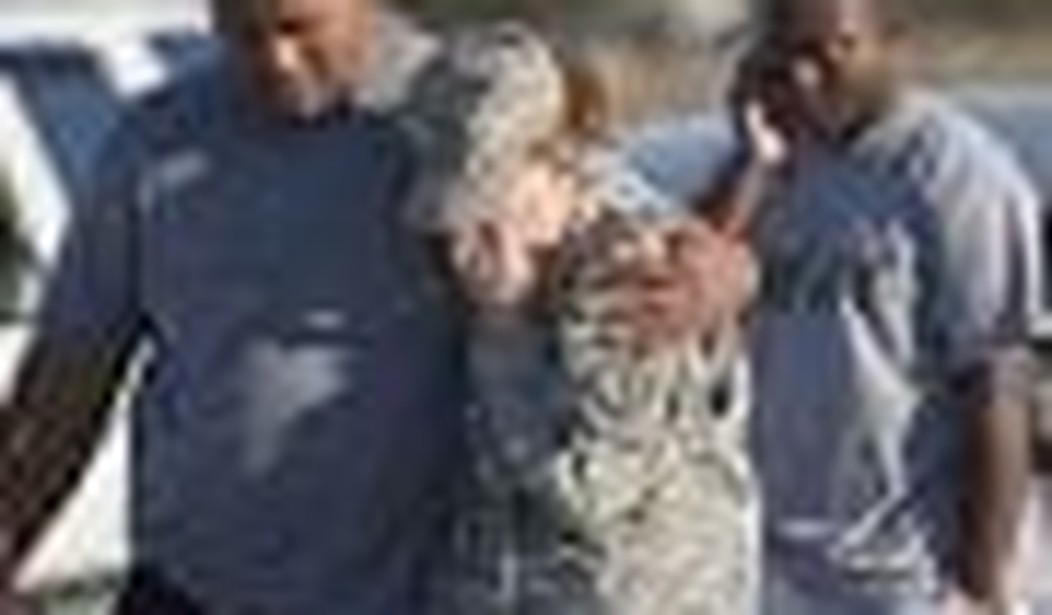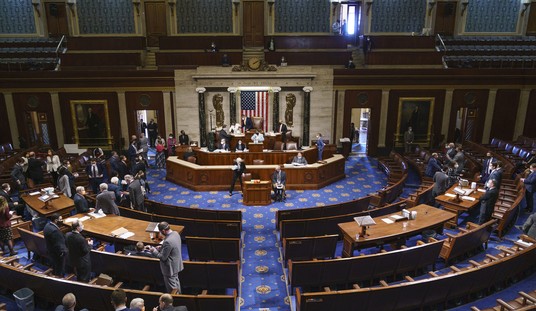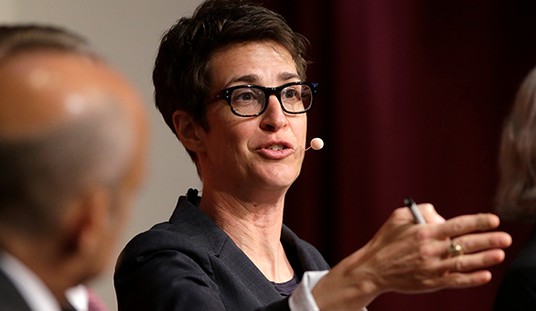I was giving a briefing on Islamic radicalization and current domestic terror threats at a military conference earlier this year when I was approached afterward by an Army colonel who asked exactly what could be done to counter such threats. He was taken aback when I replied, “The military can’t and won’t do what it needs to about jihadism, and we are going to see body bags coming out of our recruiting centers and military bases for the foreseeable future.”
Sadly, the killings at the Little Rock Army recruiting station in June and at Ft. Hood last Thursday confirm my analysis.
Much of the hand-wringing that has occurred in the media since the Ft. Hood shootings has been in the attempt to avoid the hard questions about the jihadist problem. In fact, significant energy is being expended by the media to assure us that there is no problem to solve. Many talking heads now claim that this incident was entirely unpredictable and the cause ultimately unknowable. This widespread agnosticism is an element to the overall problem of why we will continue to see shootings at military facilities.
There are other identifiable reasons why there will be future incidents. I offer these three observations, which are by no means exhaustive:
1) The Pentagon has yet to attempt to create a threat model that identifies, let alone addresses, the internal and external jihadist threat. In January 2008 my colleagues LTC Joseph Myers, Dr. Terri Wonder, and I delivered a series of lectures at the Department of the Army’s annual anti-terrorism conference focusing on three issues: 1) that our national security strategy has yet to incorporate any threat model for jihadist ideology and how that hampers our counterterrorism operations; 2) mosque-based scenarios that provide important indicators and warnings of potential local community radicalization; and 3) the sources of jihadist ideology and the need for military force protection personnel to engage their local community to identify potential threats. In the audience were 350 of the top military counterterrorism, force protection, and law enforcement officials from Army commands and bases around the globe. The military brass can’t claim that they haven’t been warned. In the two years since, some limited educational efforts have been made in response to our warnings, but on the command level there is an institutional obstinacy that prevents any substantive discussion leading to concrete policies to put into place DOD-wide. Under the present administration, that doesn’t look to change.
2) The military has made no apparent effort to address some of its stunning failures. For example, take the case of Ali Mohamed, al-Qaeda’s military chief who served as a U.S. Army sergeant at the Special Warfare Center at Ft. Bragg and gathered extensive intelligence in his position that advanced the terror group’s understanding of warfare and helped to plan the U.S. embassy bombings in Africa. As documented in Peter Lance’s book Triple Cross and the National Geographic documentary of the same name, Mohamed was allowed to continue in his position at this sensitive facility despite warnings from the Egyptian military and acknowledgment from his Army superiors that he held jihadist ideas. In light of what we presently know about Major Nadal Malik Hasan, it already seems clear that there were many obvious warning signs that were intentionally ignored, giving proof that very little has been learned from Ali Mohamed and several other similar cases since 9/11.
3) A number of American Islamic organizations and leaders openly preach the ideology that America is at war with Islam and that attacks against U.S. military personnel in defense of Islam are legitimate. As I have previously reported, military officials actively embrace these same organizations and leaders, and rely on them as their advisors on Islamic affairs notwithstanding their documented advocacy of jihadist ideology. In certain cases, these groups and leaders are funded and represent the interests of foreign (and sometimes hostile) governments or worse. This was the case with Abdurahman Alamoudi, the Islamic leader tapped by the Defense Department in the 1990s to establish the Muslim military chaplain corps, who the government now acknowledges was an al-Qaeda fundraiser in America and is currently serving a 23-year prison sentence for his direct involvement in an assassination plot directed by Libyan intelligence. The Pentagon selected Alamoudi despite repeated warnings from experts and extensive evidence of his terrorist ties. While law enforcement has begun to distance themselves from some of these extremist groups, most notably the Council on American-Islamic Relations (CAIR), the Pentagon continues to consult with them and legitimize their claims to represent “authentic” American Islamic leadership. As a result, our military leadership continues to legitimize and propagate the very ideology that is killing our service members.
There are other points that could be added, but these three are representative of how far away the military is from a solution.
No doubt there are critics, like CAIR, who warn that any attempt to address the internal and external jihadist threat to military personnel will put every Muslim in the military and American Islam itself under the microscope. To the contrary, the violent and anti-American jihadist ideology is fairly easy to identify and distinguish from classic Islamic teaching. In fact, it is the critics themselves who readily conflate jihadism and Islam.
For these critics to say that you can’t target jihadist ideology without targeting the whole of Islam is an acknowledgment on their part that the two are inseparable — a point I doubt they are ready to concede. Regardless, they can’t have it both ways: either jihadist ideology has nothing to do with Islam, as Islamic groups constantly represent, and thus it can be addressed without infringing on their freedom of religion; or they must admit, along with the “Islamophobes,” that jihadist ideology and the violence it promotes are part and parcel with Islam. The question for these critics is unavoidable: which is it?
It should be acknowledged that the military already has existing policies for weeding out neo-Nazis, gang members, and those with psychological problems from their ranks. An existing 1996 Defense Department directive explicitly prohibits a wide range of “dissident activities” targeting “organizations espousing supremacist causes,” namely racist and neo-Nazi groups, notwithstanding the religious trappings that those groups have adopted to cloak their ideology. These measures are encouraged by civil rights groups, such as the Southern Poverty Law Center. If it is true that jihadist ideology has nothing to do with Islam, as we are told, then surely there should be no problem addressing jihadist ideology as the military already does with racist or gang threats.
The case of Major Hasan illustrates that no matter how virulent the views or outspoken a military service member might be about their anti-American or jihadist sentiments, that appears to be no impediment to a permanent pathway to promotion in our armed forces. The killings at Ft. Hood are not the first to be inspired by jihadist ideology from within or without, and until military leaders begin to take action to address this rapidly growing problem, it is likely they won’t be the last. Until the threat of jihadist ideology is acknowledged and addressed, our military bases and recruiting centers will remain attractive and vulnerable targets.









Join the conversation as a VIP Member